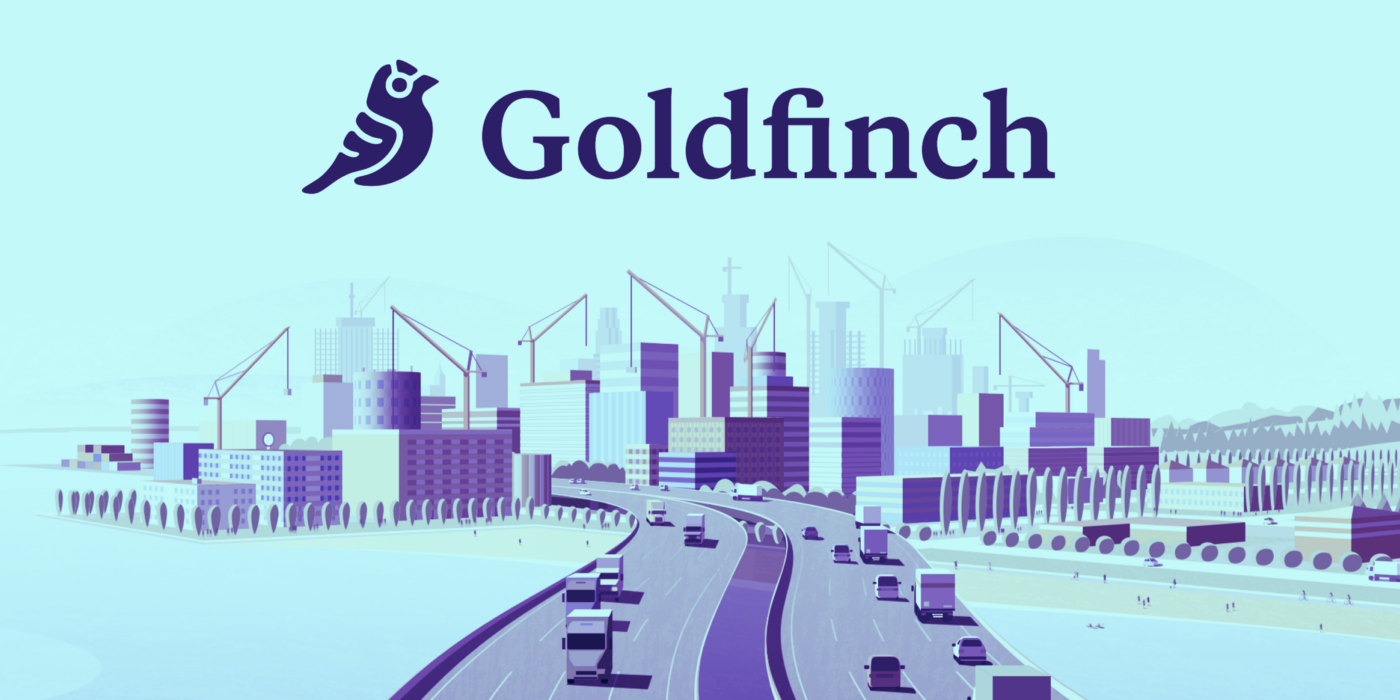
Goldfinch (GFI) is a DeFi (decentralized finance) peer-to-peer lending protocol. The network provides users access to cryptocurrency loans without collateral. The goal of the project is to expand blockchain adoption in the business sector and demonstrate the benefits of a decentralized credit protocol.
Goldfinch continues to be a popular project in the peer-to-peer lending sector. The protocol has helped +200,000 borrowers secure no-collateral loans since its inception. Notably, the network is available to users in India, Mexico, Nigeria, and Southeast Asia currently. The developers intend to expand their services in the coming weeks.
How Does Goldfinch (GFI) Work
Goldfinch operates by decentralizing the loan underwriting process. The ecosystem includes a variety of key network users. These nodes include Auditors. Auditors verify the state of the network and transactions. You also have lenders and borrowers. Lenders earn returns for providing liquidity to lending pools. The network also includes stakers and community governance pariticipants.
What Problems Does Goldfinch (GFI) Solve?
The main problem that Goldfinch was designed to eliminate was crypto business adoption. One of the biggest factors holding back businesses from utilizing p2p lending services is the fact that most require you to over-collateralize. This requirement means that you must put down more than you intend to borrow to be eligible for funding.
For years, the centralized sector has offered qualified businesses no-collateral loans. Now, Goldfinch seeks to bridge this gap and service a growing niche via its proprietary system. Goldfinch seeks to “bring crypto loans to the real world” per its developers. To that extent, the protocol succeeds.
Gatekeepers
Another major problem that Goldfinch helps to eliminate is Gatekeepers and middlemen. Gatekeepers are individuals that stand between you and your funding. In many instances, these people can include loan officers, banking personnel, or even regulators. Sadly, these roadblocks hinder the access businesses have to these funds.
Goldfinch was built to expand access to capital in emerging markets. The network operates as pure code. Smart contracts and community governance systems replace bankers and loan officers. This approach is more transparent, fair, and open. Consequently, more businesses are making the switch to decentralized lending protocols.
Funding Delays
It can take weeks to get access to your loan once approved when using a bank. The delays come from a variety of factors including a host of third-party verification systems and security checks. Each of these groups adds more time to the lending equation. These delays can lead to missed opportunities for investors and entrepreneurs seeking immediate capital.
Goldfinch provides businesses fast and open access to funding when they need it most. The protocol autonomously issues your loan when you and a lender agree to the terms. The system eliminates all third-party verification requirements and adds transparency to the lending sector.
Benefits of Goldfinch (GFI)
There are a lot of benefits that Goldfinch brings to the market. It’s among the first DeFi lending protocols geared for business clientele. Additionally, the protocol leverages off-chain sources of yield and composable DeFi to improve ROIs.
Borrower Flexibility
Borrowers enjoy more flexibility when using Goldfinch. The system enables borrowers to propose the terms of the loan including the interest rate and repayment schedule. Backers can then scroll through these options and decide if they want to supply the capital to the junior tranches of Borrower Pools.
Passive Income
Lenders can secure healthy ROIs using this system. The network pays out an average of 10-14% APY on lending and staking activities. These returns deposit directly into your network wallet. Both protocols offer low-risk passive returns where your staked asset remains safe from loss.
Liquidity Providers
Users can become liquidity providers by supplying capital to the Senior Pool. The system was designed to automatically allocate the Senior Pool to the senior tranches of Borrower Pools. Everything can be tracked via a blockchain explorer in near real-time.
Senior Pool Liquidity Mining
The liquidity mining protocol has 8.0% of tokens allocated as returns. The goal of the system is to incentivize long-term Liquidity Providers and drive adoption. As part of this strategy, the network has a 12-month lock period. After the period neds, your staked assets are returned plus your returns. You can then use these rewards to improve your next staking round.
Stake
Users who want to secure passive staking returns can do so by staking their GFI tokens to particular Backers. This process enables the network to improve consensus times. Additionally, whenever the staked bakers join a borrower pool, the staked funds provide additional protection against default loans. This approach protects lenders from losses and keeps the protocol solvent.
GFI
GFI is the main utility and community governance token for the Goldfinch protocol. The token serves various roles including staking, voting, and as a reward token. Additionally, all community grants and network incentives are paid out in GFI. GFI is an Ethereum-based token that adheres to the ERC-20 token standard.
Community Governance
The Goldfinch Council acts as the community governance DAO (decentralized autonomous organization) of the network. This system enables users to put forth their concepts and ideas to spur adoption or improve the ecosystem. Interstingly, the network leverages a quadratic voting system that weighs your votes using an equation that multiplies your vote by the square root of the amount of GFI used.
Bottom Line
Goldfinch appears to be well-positioned as an early entry into the enterprise sector. The protocol fills a niche market and provides businesses with more access to funding to expand their ideas and concepts. The network leverages the proven security of the Ethereum blockchain to remain valid. It also provides GFI with high interoperability within the market. For these reasons and more, you can expect to hear more from this project in the coming weeks.



















